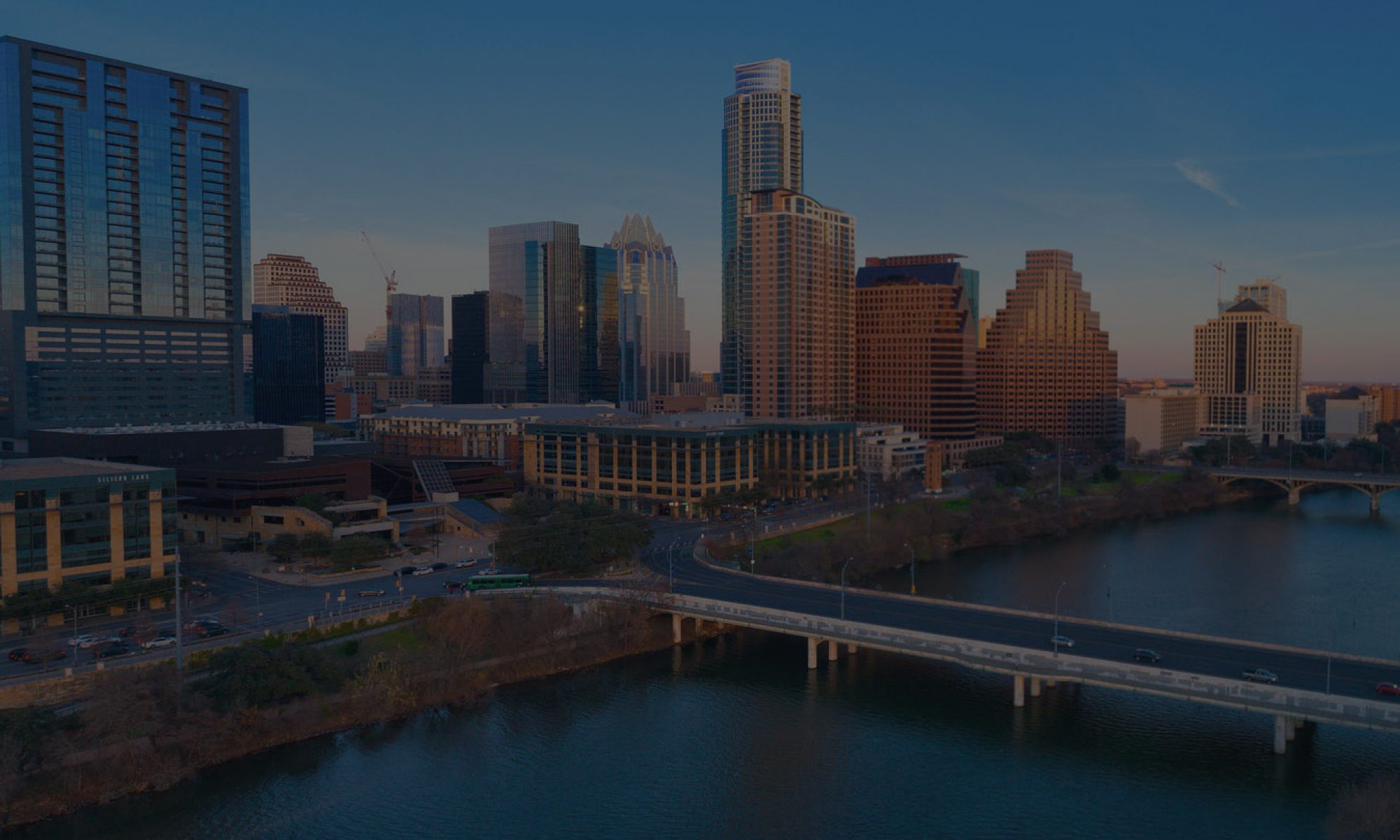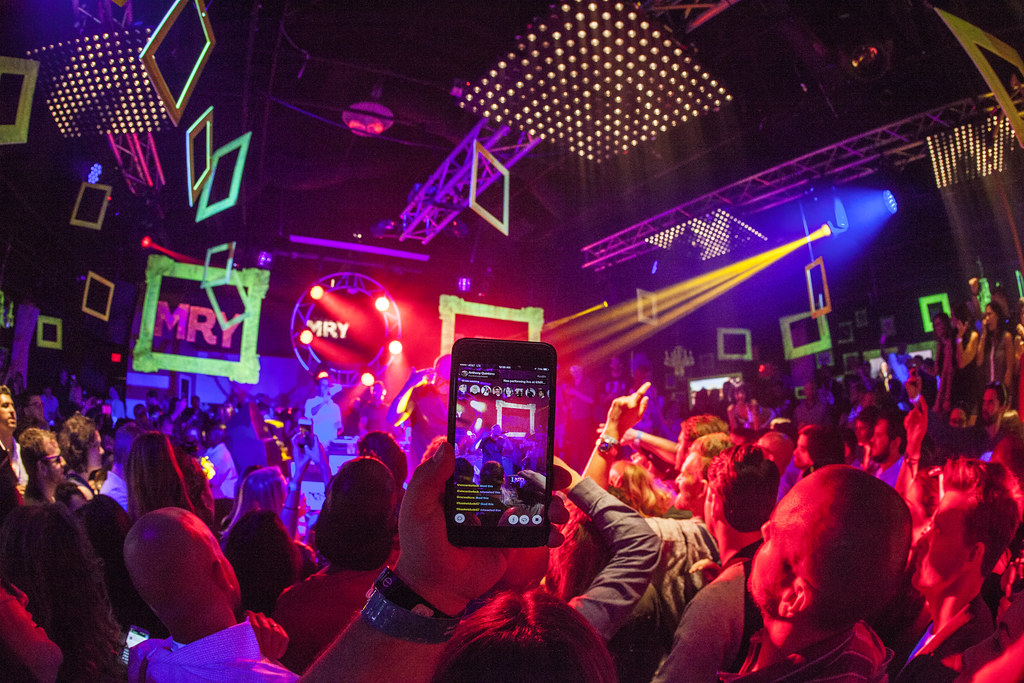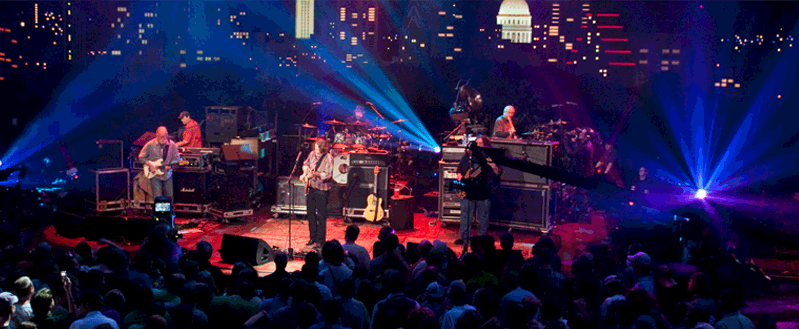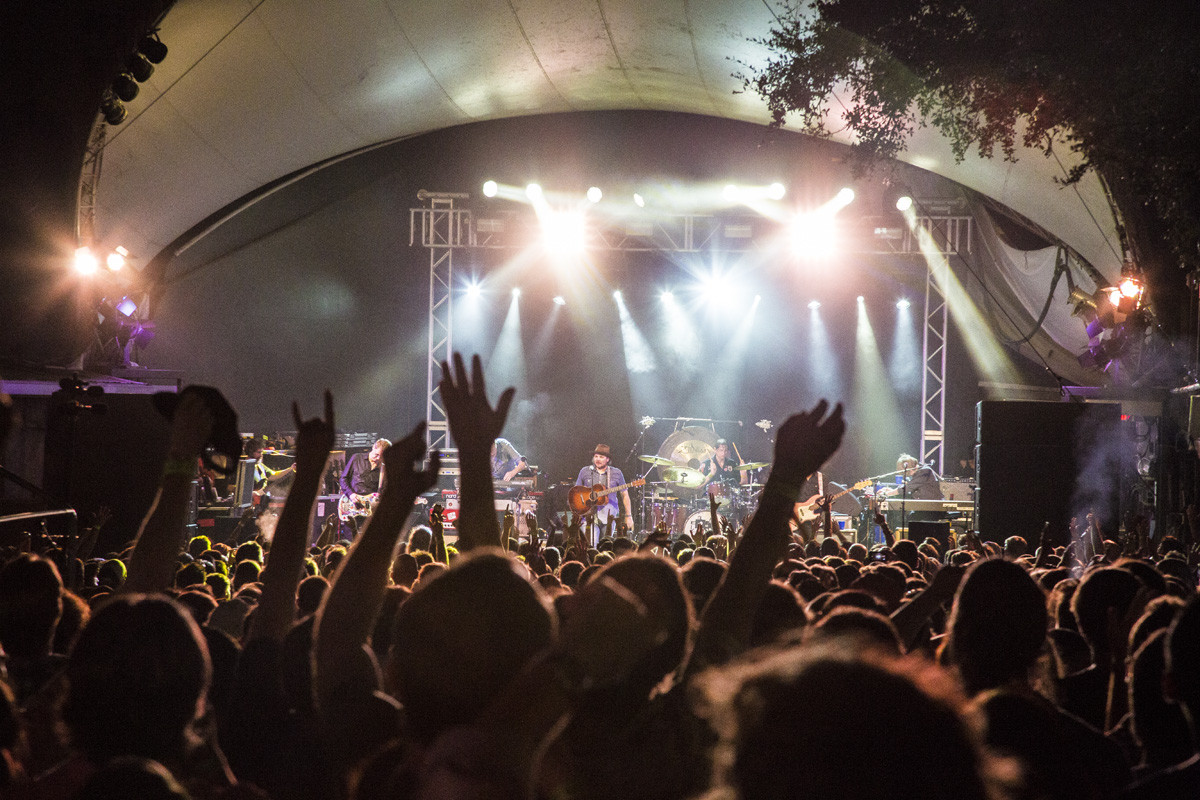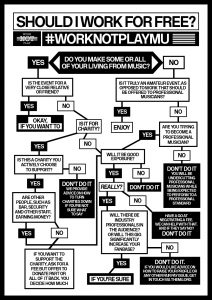SXSW – or South by Southwest – is a large annual event spanning two weeks in Austin, TX. This popular and growing event showcases the latest musicians, bands, artists, and entertainers to the world. The event has also become a central portal for technological, film production, and video game companies to showcase their latest apps – products – services – movies – and gaming titles to the nation and world. As the premier annual interactive media festival, SXSW started in 1987 and continues to grow and expand at alarming rates.
SXSW is Broken into Four Events:
Interactive
Interactive is the first week of SXSW and is tech-centered. Hundreds of companies flock to Austin for official conventions, happy hours, meetups and events. The “Official” SXSW Interactive events require an official badge. The badge gets you into talks and presentations, after parties and more onsite at the convention center and at various venues throughout Austin.
For Austinites or visitors who want to get in on the action without dropping the money for an official badge, hundreds of companies throw “Unofficial” SXSW events. These are after parties, lunches, dinners, happy hours and more that do not require a badge. Often an online RSVP is needed prior to the event, but the parties are generally free and have everything from food to booze to amazing performances.
Along the interactive portions is the SXSW Tradeshow. The Austin Convention Center fills with hundreds of companies featuring technological advances and product launches. From hardware to software and apps, the Tradeshow offers something for any visitor. The Tradeshow is not open to the public, but instead an official SXSW badge is necessary.
Gaming
The SXSW Gaming Convention takes place over the weekend of tech week. Spanning 3 days, the Austin Convention Center fills with gaming developers, hardware companies, app developers and more. Tons of free demos with the latest VR headsets, free swag and the opportunity to meet companies you know and love are just a few reasons to check out the Gaming events for SXSW. Most of the SXSW Gaming requires an official badge, but as always keep your eye out for after parties and pop-up events.
Film
SXSW has long-since had a film festival week. Indie films, documentaries and award winning directors present films to an intimate crowd at different theaters in town. If you have a movie badge, be sure to show up to the theater early! The crowds have really grown over the years and there is no guarantee you’ll get inside the premieres you don’t want to miss.
Music
SXSW Music Festival is a huge claim to fame for Austin. The music week during SXSW is calling card the festival. Originally, about 250 artists performs in a couple dozen venues for the total of $10. Today a music pass costs about $500 and could get you into hundreds of shows. Just as film week’ badge does not guarantee entrance for performances, headliners have lines waiting around the corner and venues reach capacity very quickly. If there is an artist you’re dying to see, show up early.The “unofficial” SXSW music week is nearly as robust as the official SXSW music selection. Thousands of bands come to Austin to play gigs across the city. Each restaurant, bar, and venue hosts bands in hopes to capture crowds and benefit millions of dollars flooding Austin during SXSW. You do not need a badge to catch great music. RSVP for shows that companies like Pandora or Spotify throw get you in for free.
